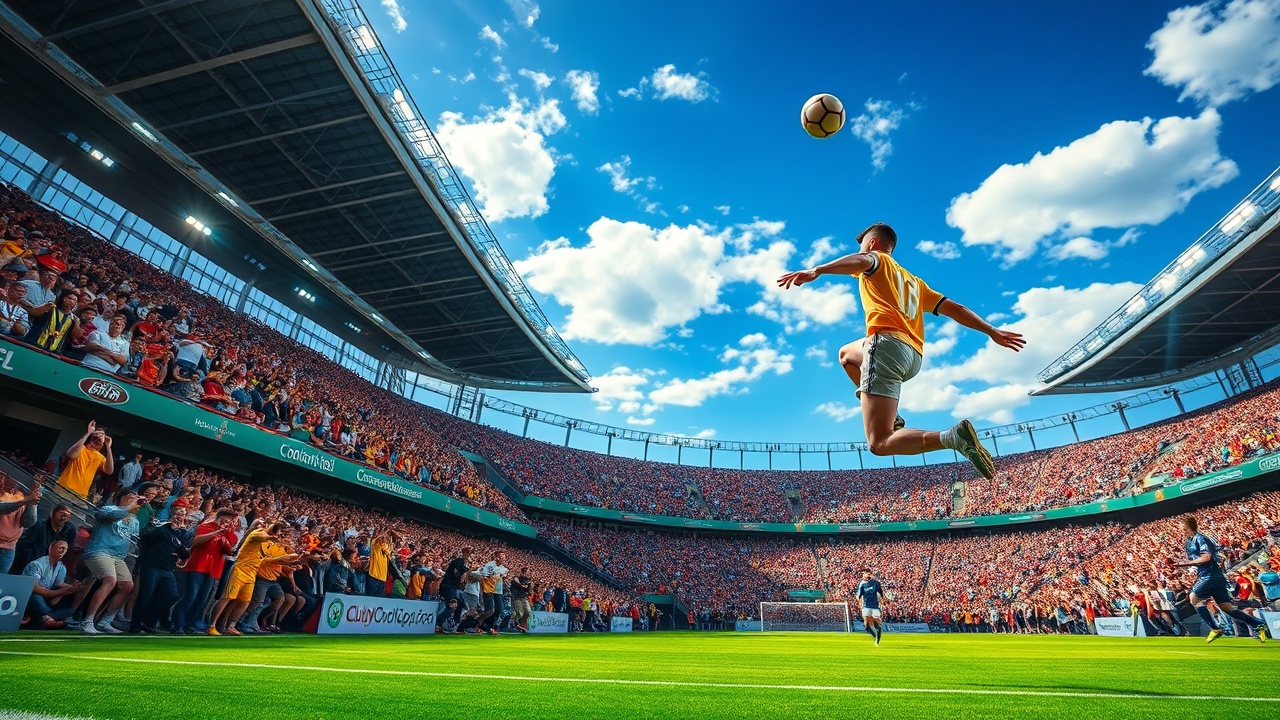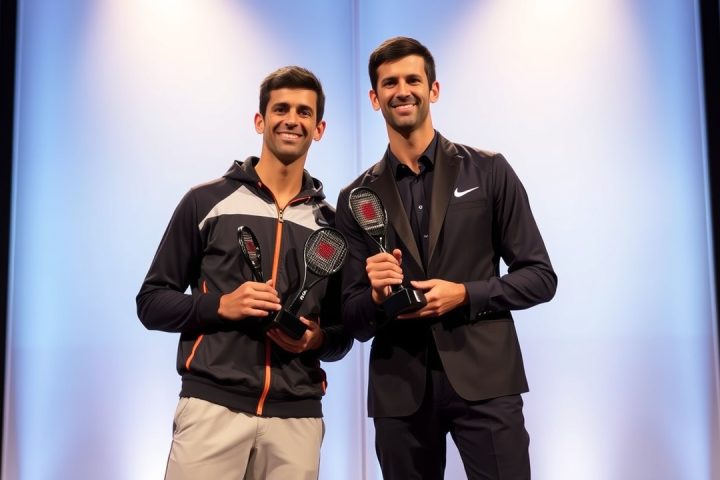FIFA’s Technical Study Group Analyzes the Club World Cup
This summer, FIFA’s Technical Study Group (TSG) embarked on a mission to dissect the Club World Cup, led by Arsene Wenger, the organization’s head of global football development. Alongside Wenger are renowned figures from the football world including Esteban Cambiasso, Aliou Cisse, Tobin Heath, Jurgen Klinsmann, Roberto Martinez, Gilberto Silva, and Pascal Zuberbuhler, all collaborating to draw insights from the tournament’s matches.
Observations and Highlights from the Tournament
As the tournament reached its midway point, TSG shared its observations that raised eyebrows. Wenger noted,
“The competition is much tighter than we anticipated. We aimed to establish this Club World Cup to showcase the prowess of elite clubs globally. It seems like an inception of perpetual excitement.”
This ambitious statement fits FIFA’s narrative of promoting the tournament, but some critiques see it as pushing the envelope of optimism. Nevertheless, the tournament has produced notable moments, including Inter Miami’s 2-1 victory over Porto and Botafogo’s unexpected 1-0 defeat of European giants Paris Saint-Germain, albeit PSG fielded a significantly altered lineup.
Brazilian teams have stood out, with remarkable performances including Flamengo’s win over Chelsea and Fluminense’s stunning outings against Inter Milan and Al Hilal, which highlight the effectiveness and competitiveness of clubs from South America.
Historic Matches and Competitive Dynamics
A standout match was the last-16 clash where Saudi Arabian club Al Hilal triumphed over Manchester City, marking a historic game that generated the highest expected goals (xG) of the tournament—47 shots fired over a thrilling 120 minutes. While Al Hilal’s victory raised questions about their standing relative to Manchester City’s dominance, it should be recognized that such outcomes do not necessarily redefine the hierarchy in football. The Saudi Pro League’s stature, despite Al Hilal’s achievements, remains contentious—especially considering comments from players like Cristiano Ronaldo.
However, Al Hilal’s journey was cut short in the quarter-finals by Fluminense, the only non-European team to reach the semi-finals. This outcome arguably reinforces FIFA’s claim that the tournament illustrates the high caliber of football played globally. Real Madrid’s coach Xabi Alonso echoed this sentiment, emphasizing the quality of competition in leagues outside Europe, particularly in Saudi Arabia, Brazil, and Argentina. He noted a tendency among Europeans to be overly influenced by Champions League-centric perceptions.
Assessing League Quality and Competitive Balance
This raises the question: Do the performances of teams in this tournament accurately reflect the overall quality of their leagues? Historical patterns suggest that a select few teams in a domestic league may not necessarily denote the competitive health of the league as a whole, similar to the dynamics seen in the Scottish Premiership with Celtic and Rangers.
Utilizing data from sports analytics firm Twenty First Group, one can assess the breadth of talent across the leagues involved in the Club World Cup. Their World Super League model employs algorithms to assign ratings to teams and evaluate league strengths. Analysis of these ratings demonstrates that, although there is variability within leagues, certain clubs distinguish themselves significantly.
For instance, Brazil’s Serie A is currently ranked the sixth-best league in the world, with competitive balance evident from the top-rated Palmeiras and Flamengo to lower-tier teams like Juventude. Such distribution is highlighted by standard deviation metrics, where a higher rating indicates less equality amongst teams. The MLS, favored by its salary cap, showcases the highest competitive parity, while the Saudi Pro League exhibits stark disparities, largely attributed to the financial prowess of clubs like Al Hilal, which stands significantly above its peers.
Although recognized as the 50th best league globally, Al Hilal’s profile—placing them at 132nd worldwide—compared to its lowest-ranked club, Al Orobah, at a staggering 2,405th, exemplifies the inequalities present in the Saudi league. Similar inequalities are apparent in European leagues dominated by powerhouses like Paris Saint-Germain and Bayern Munich.
Conclusion: Caution in Interpreting Global Competitiveness
FIFA president Gianni Infantino recently declared that football has entered a “new era” following Al Hilal’s win against Manchester City. However, while the tournament has showcased exhilarating football and electrifying support from fans around the globe, using it as a barometer for global competitiveness might be overreaching, given the nuances and complexities of league dynamics.
In conclusion, while the Club World Cup has indeed presented thrilling moments and notable upsets, one must approach FIFA’s proclamations about global league strength with caution, recognizing that isolated performances in this tournament do not comprehensively represent the overall quality and competitiveness of leagues worldwide.




